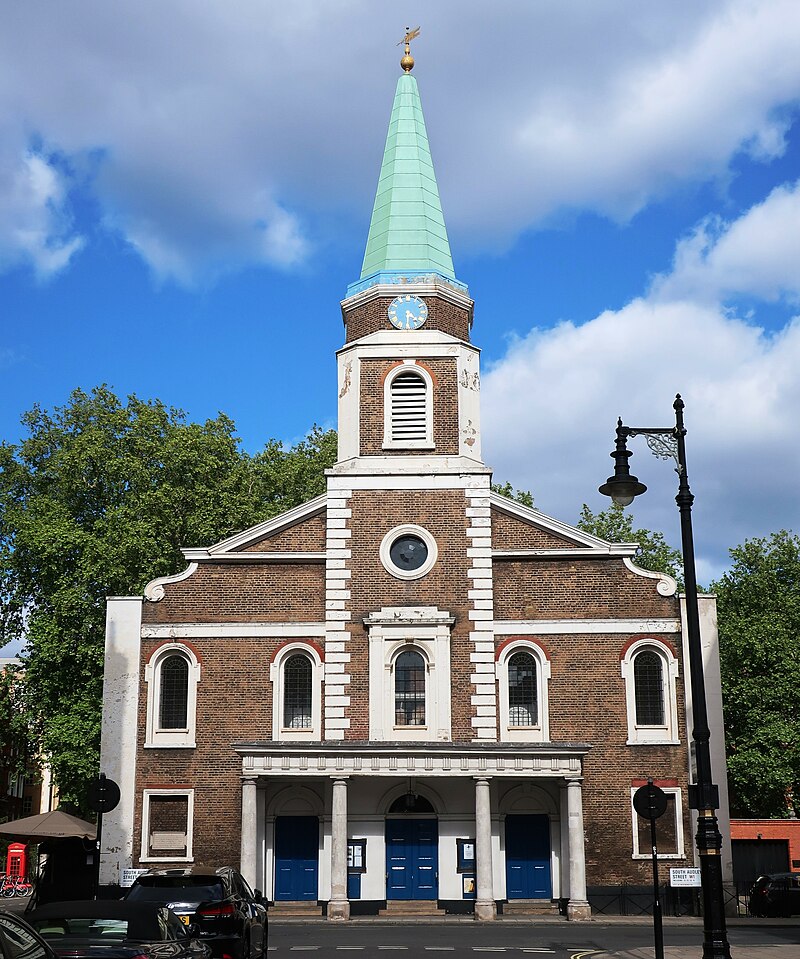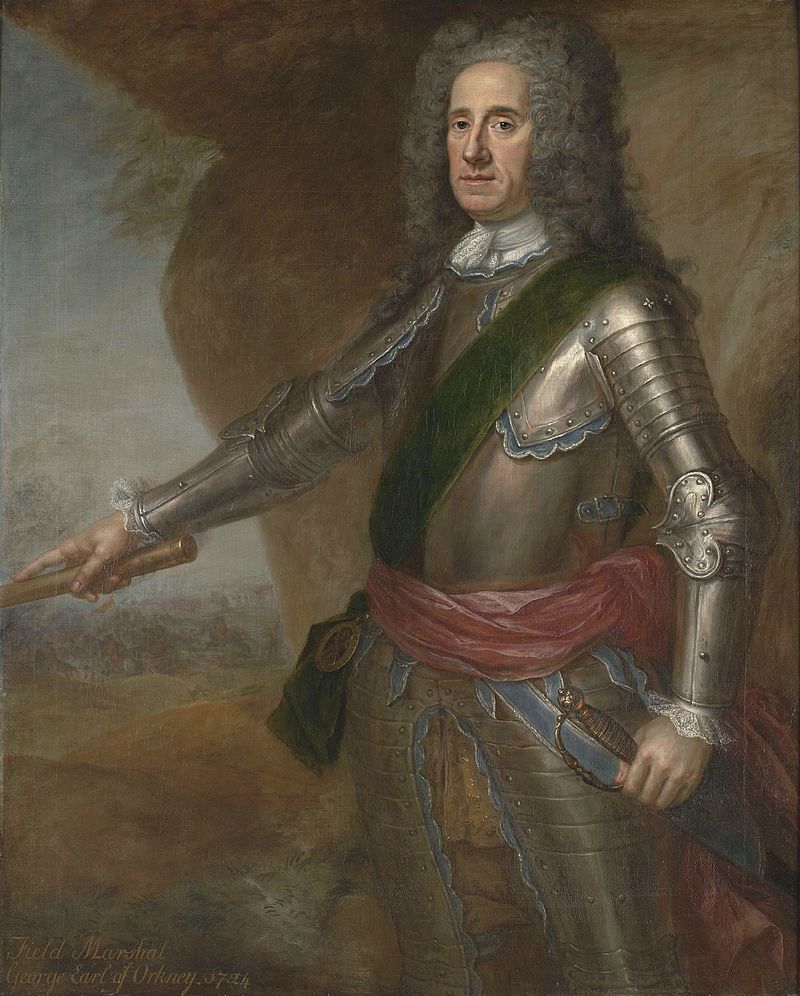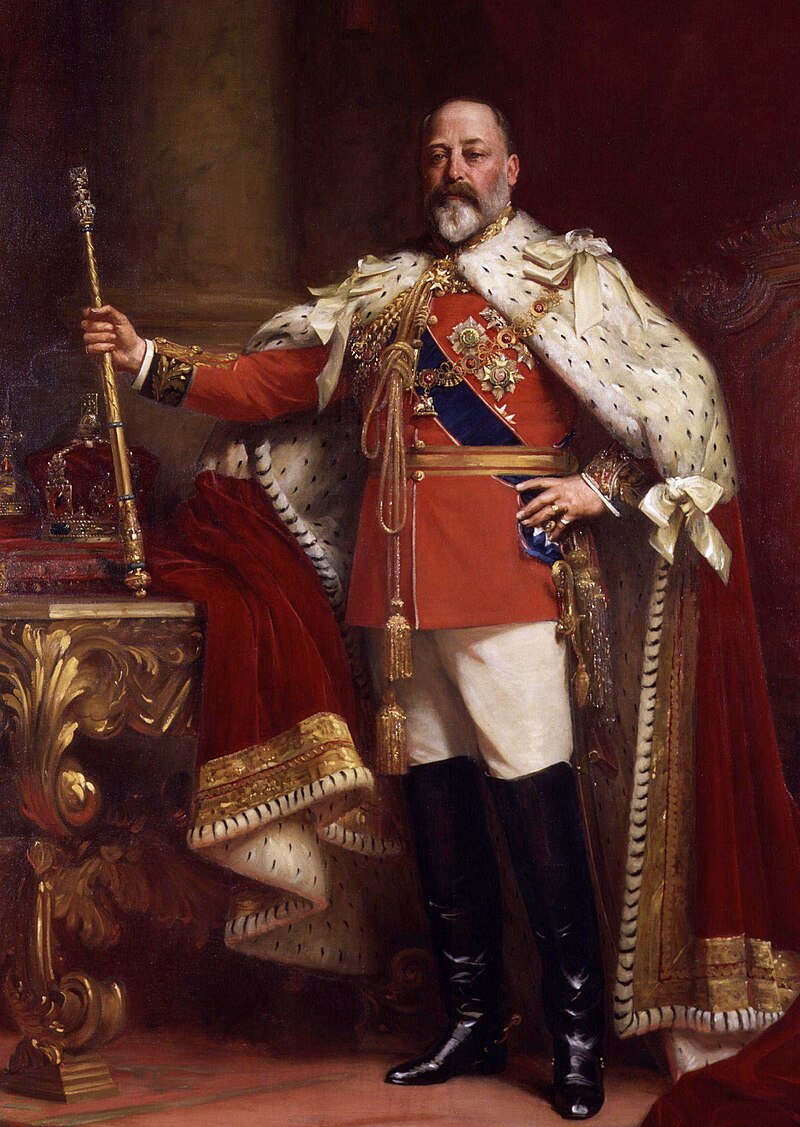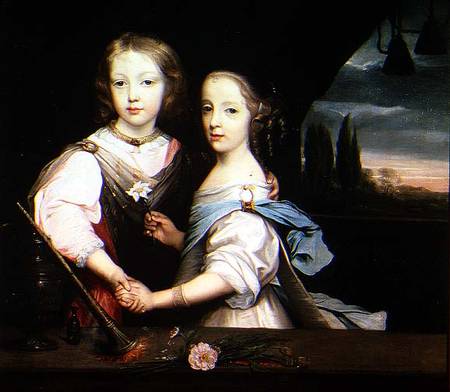by Susan Flantzer © Unofficial Royalty 2021
Favorite: a person treated with special or undue favor by a king, queen, or another royal person

Coat of arms of Piers Gaveston; Credit – By Own workiThe source code of this SVG is valid.This vector image was created with Inkscape by User:Jaspe., CC BY-SA 3.0, https://commons.wikimedia.org/w/index.php?curid=3849182
Piers Gaveston was born Pierre de Gabaston circa 1283, in the Duchy of Gascony, now a province in southwestern France, the son of Arnaud de Gabaston (link in French) and Claramonde de Marsan, daughter of Viscount Arnaud-Guillaume de Marsan.
Piers had six siblings:
- Arnaud-Guillaume de Gabaston (circa 1272 – after 1325)
- Unknown sister
- Unknown sister
- Gérard de Gabaston
- Raimond-Arnaud de Gabaston
- Amie de Gabaston (? – after 1312)
Through his marriage, Arnaud de Gabaston, Piers’ father, acquired land and castles that were under the jurisdiction of King Edward I of England in his capacity as Duke of Aquitaine, and so Arnaud became a vassal of King Edward I. After the death of his wife in 1287, Arnaud had to fight legal claims over his wife’s inheritance. This made him financially dependent on King Edward I who he served for the rest of his life. Arnaud fought with King Edward I in the First War of Scottish Independence and the Conquest of Wales. When Arnaud died in 1302, he was given the great honor of burial in Winchester Cathedral in England.
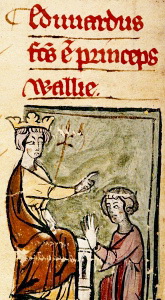
King Edward I and his son Edward, Prince of Wales; Credit – Wikipedia
In 1300, Piers sailed to England with his father and older brother Arnaud-Guillaume. Probably because of his father’s influence, Piers became a member of the household of King Edward I’s son and heir Edward of Caernarfon, the future King Edward II. King Edward I was impressed with Piers’ conduct and skill in tournaments, and he wanted him to serve as a role model for his son. Piers and Edward of Caernarfon soon became inseparable companions. Piers was knighted on May 22, 1306, at the Feast of the Swans, a celebration of the knighting of 267 men at Westminster Abbey. King Edward I first knighted his son Edward of Caernarfon who then knighted the 266 other young men. However, Piers soon became involved in conflicts between King Edward I and his son. The situation got so bad that King Edward I banished Piers in 1307.

King Edward II; Credit – Wikipedia
On July 8, 1307, King Edward I died and his son became king. One of King Edward II’s first acts as king was to recall his favorite Piers Gaveston back to court. In 1308, Edward II married Isabella of France. From the start of her marriage, Isabella was confronted with the close relationship between her husband and Piers, described as “an arrogant, ostentatious soldier, with a reckless and headstrong personality.” The true nature of the relationship between Edward II and Piers is unknown and there is no contemporary evidence that comments directly on Edward’s sexual orientation. It is probable that may have simply been friends with a close working relationship. In 1307, Piers was created Earl of Cornwall, a title usually given to the sons of the king, and in 1308, Edward II arranged for Piers to marry his niece Margaret de Clare, daughter of Gilbert de Clare, 6th Earl of Hertford and Joan of Acre, Edward II’s sister. Both these acts and several other incidents greatly displeased the English nobility.
The April 1308 parliament demanded the exile of Gaveston but Edward II resisted. Eventually, with the influence of Isabella’s father King Philippe IV of France, Edward I’s second wife and widow Dowager Queen Margaret who was also Isabella’s aunt, and Robert Winchelsey, Archbishop of Canterbury, Edward II agreed to exile Gaveston to Ireland. However, in a move that angered the nobility, Edward II made Gaveston Regent of Ireland.
After much back and forth negotiations that even involved Pope Clement V, Piers was allowed to return to England. The nobles who agreed to the compromise hoped Piers had learned his lesson. However, upon his return, he was more arrogant than ever, giving insulting nicknames to some of the most important nobles. This led to Parliament passing the Ordinances of 1311 that restricted the power of the king. In addition, the Ordinances of 1311 dealt with Piers specifically. He was to be exiled again and would face the punishment of an outlaw if he dared return to England.
Edward II responded by revoking the Ordinances of 1311 and recalling Piers to England. Piers and Edward II were reunited at York in January 1312. The nobles were furious and met in London where Piers was excommunicated by Robert Winchelsey, Archbishop of Canterbury. Plans were made to capture Piers to prevent him from escaping to Scotland. When Edward II, his wife Isabella, and Piers left York for Newcastle, they were pursued by a group of nobles led by Edward’s first cousin Thomas, 2nd Earl of Lancaster. The royal party including Piers fled by ship and landed at Scarborough, where Piers stayed while Edward and Isabella returned to York.
After a short siege, Piers surrendered to Aymer de Valence, 2nd Earl of Pembroke and John de Warenne, 7th Earl of Surrey who promised he would not be harmed. However, while under the protection of the Earls of Pembroke and Surrey, Edward’s first cousin Thomas, 2nd Earl of Lancaster, Guy de Beauchamp, 10th Earl of Warwick, Humphrey de Bohun, 4th Earl of Hereford, and Edmund Fitzalan, 2nd Earl of Arundel seized Piers and took him to Warwick Castle where, on June 18, 1312, before an assembly of nobles, he was condemned to death for violating the terms of the Ordinances of 1311.
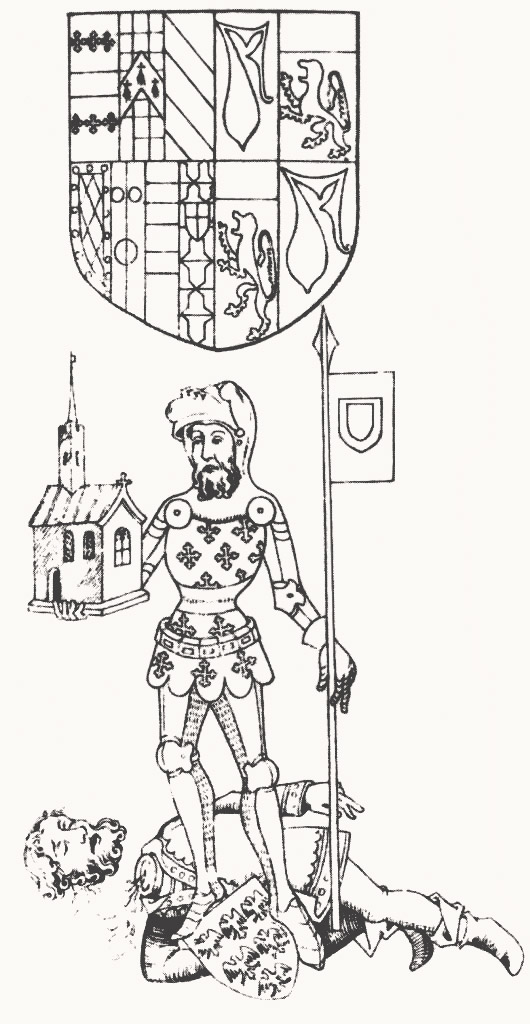
Guy de Beauchamp, Earl of Warwick standing over the decapitated body of Piers Gaveston, from the Rous Rolls, fifteenth‐century parchment scrolls that present a heraldic and genealogical history of the Earls of Warwick; Credit – Wikipedia
On June 19, 1312, the Earls of Lancaster, Hereford, and Arundel led Piers Gaveston on the road towards Kenilworth as far as Blacklow Hill, which was on the Earl of Lancaster’s land. Here, they left Piers to the mercy of two Welshmen who ran him through with swords and then, because he was a noble, gave him the coup de grace of beheading. Pier’s body was left at his execution site. Eventually, it was brought to the Dominican Monastery in Oxford where the monks sewed the severed head back on the body and then embalmed the remains. However, Piers’ remains could not be buried because he had been excommunicated. The remains were kept at the monastery in Oxford for over two years. Eventually, King Edward II secured a papal absolution for Piers. On January 2, 1315, the remains of Piers Gaveston were buried in an elaborate ceremony officiated by Walter Reynolds, Archbishop of Canterbury, four bishops, and many other members of the clergy at the Dominican Monastery in Kings Langley but the tomb has since been lost. A cross with an inscription was erected at Blacklow Hill in 1823 by the local squire Bertie Greathead on the site believed to be the location of Gaveston’s execution.

The 1823 Gaveston monument at Blacklow Hill, circa 1899; Credit – Wikipedia
This article is the intellectual property of Unofficial Royalty and is NOT TO BE COPIED, EDITED, OR POSTED IN ANY FORM ON ANOTHER WEBSITE under any circumstances. It is permissible to use a link that directs to Unofficial Royalty.
Works Cited
- De.wikipedia.org. 2020. Piers Gaveston, 1. Earl Of Cornwall. [online] Available at: <https://de.wikipedia.org/wiki/Piers_Gaveston,_1._Earl_of_Cornwall> [Accessed 16 November 2020].
- En.wikipedia.org. 2020. Edward II Of England. [online] Available at: <https://en.wikipedia.org/wiki/Edward_II_of_England> [Accessed 16 November 2020].
- En.wikipedia.org. 2020. Piers Gaveston, 1St Earl Of Cornwall. [online] Available at: <https://en.wikipedia.org/wiki/Piers_Gaveston,_1st_Earl_of_Cornwall> [Accessed 16 November 2020].
- Flantzer, Susan, 2016. King Edward II Of England. [online] Unofficial Royalty. Available at: <https://www.unofficialroyalty.com/king-edward-ii-of-england/> [Accessed 16 November 2020].
- Fr.wikipedia.org. 2020. Arnaud De Gabaston. [online] Available at: <https://fr.wikipedia.org/wiki/Arnaud_de_Gabaston> [Accessed 16 November 2020].
- Fr.wikipedia.org. 2020. Pierre Gaveston. [online] Available at: <https://fr.wikipedia.org/wiki/Pierre_Gaveston> [Accessed 16 November 2020].













